In Manila, the bustling, crowded capital of the Philippines, one marginalized group dreams of a place to call its own. They call themselves the Little People Association of the Philippines, and for years they’ve been working to form their own community, a place made to their size where they can live and work independently, free of the discrimination that makes everyday life difficult. In 2012, photographer Biel Calderon and journalist Eric San Juan spent several months with members of LPAP for their e-book, The Little Big Project.
Calderon was studying multimedia journalism in Beijing when he decided to team up with San Juan, a friend who was reporting for EFE Agency in Manila and had heard about LPAP through a BBC News report. “I’m interested in exploring stories where the sense of community is very strong. Here we found a great example. I knew it would be very challenging, since it would be easy to fall into stereotypes,” Calderon said via email.
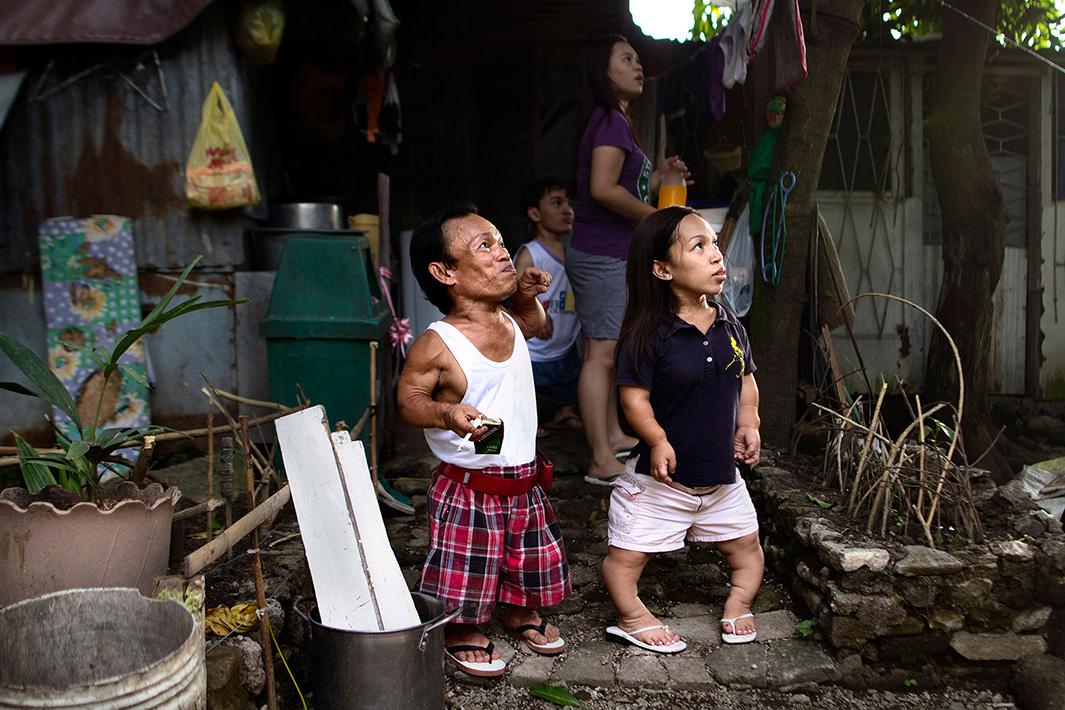
Biel Calderon

Biel Calderon
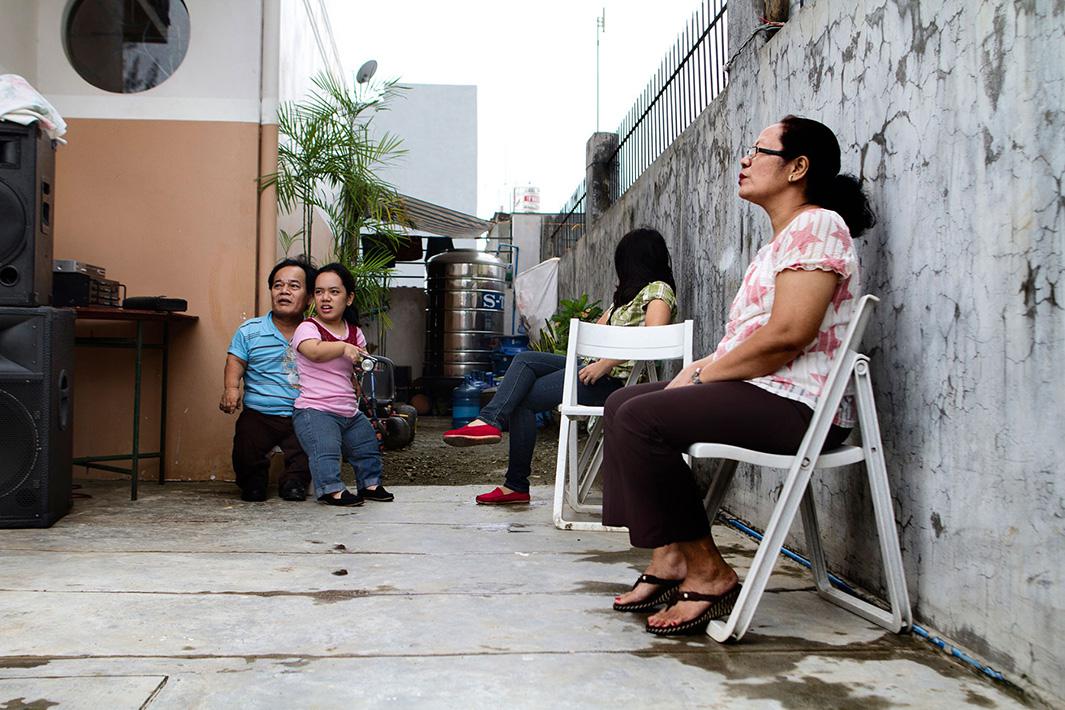
Biel Calderon
Calderon spent three weeks in Manila during his first trip in February 2012. He returned again and spent two more months working on the story. His photos show Perry Berry, the president of LPAP, and other families at home, work, and school. Perry conceived the idea of a community for little people, which he refers to as Dwarf City, in the late 1980s. Since then, dozens of families have joined the effort to make it a reality. He imagines the community will be made of homes built to look like mushrooms and shoes and that tourism could provide an income for the residents there.
In Manila, where competition for jobs is already intense, little people find gaining employment a great challenge. Some of Calderon’s photos show the Hobbit House, a popular bar in Manila inspired by J.R.R. Tolkien’s Lord of the Rings series, which employs little people, including members of LPAP, as wait staff. “Some of them come from the provinces, where they couldn’t dream of finding a job, so they are very happy to be able to earn some money. The job is pleasant most of the time, but it can be hard when some tourists get too drunk and make fun of them. One thing they say is they don’t earn as much money as they would in the stage shows in bars in Manila where they have to fight and dance, but they feel happy because the job is easier and they don’t feel ridiculed,” Calderon said.
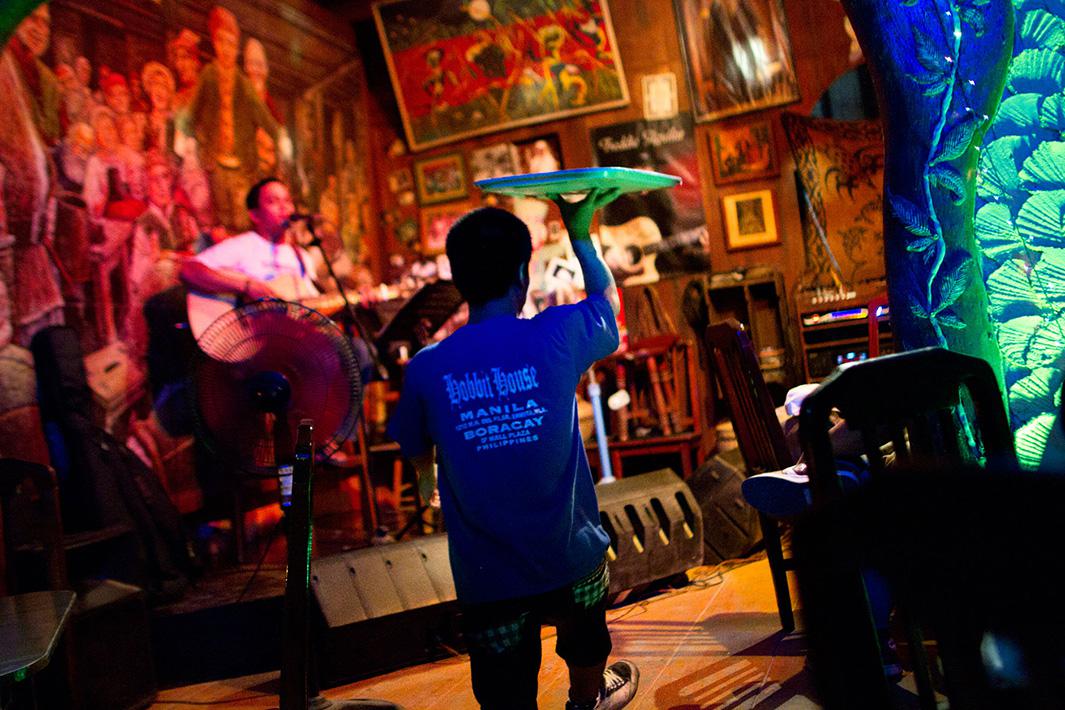
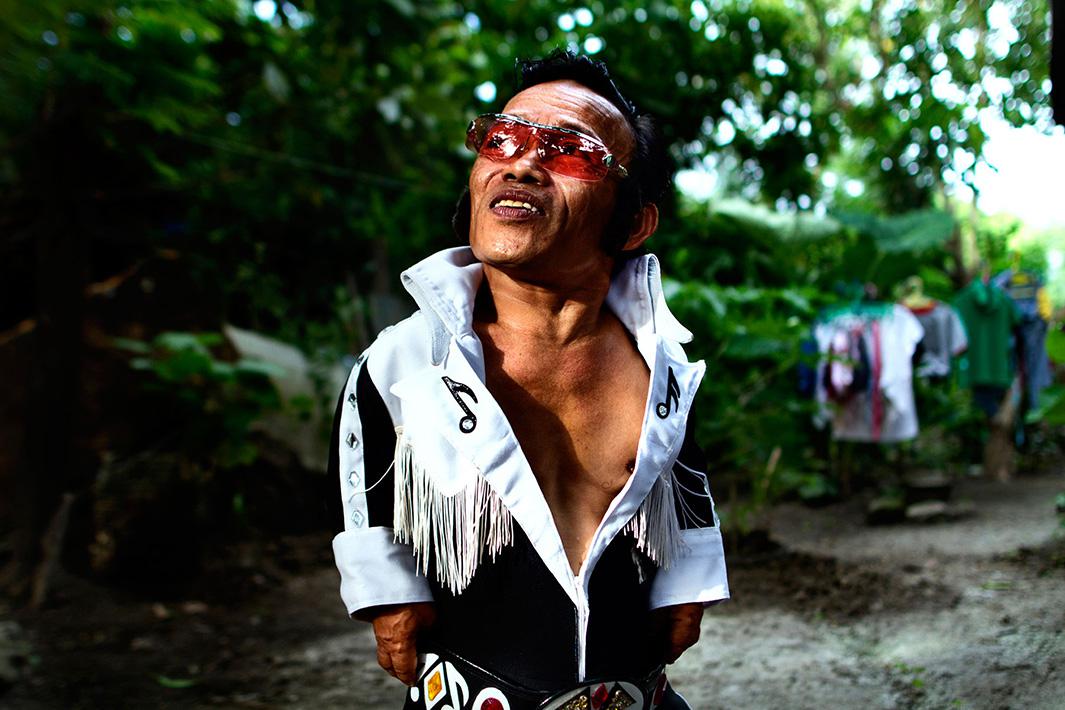
Biel Calderon

Biel Calderon
Dwarf City would put earning power solely in the hands of its residents, but the dream is still far from realized. Three years ago, an investor offered them land on the outskirts of Manila, but the plan fell through. Now, Calderon said, Berry is in talks with local authorities to try to secure cheap land in Metro Manila. “Their project it is not only about ‘Dwarf City.’ It’s also about the right of choice,” Calderon said. “Are they not capable enough to make their own decisions? Are we in a right position to judge them? One of my goals was to try to offer perspective and context.”
The Little Big Project is available for free in the iTunes store.

Biel Calderon

Biel Calderon
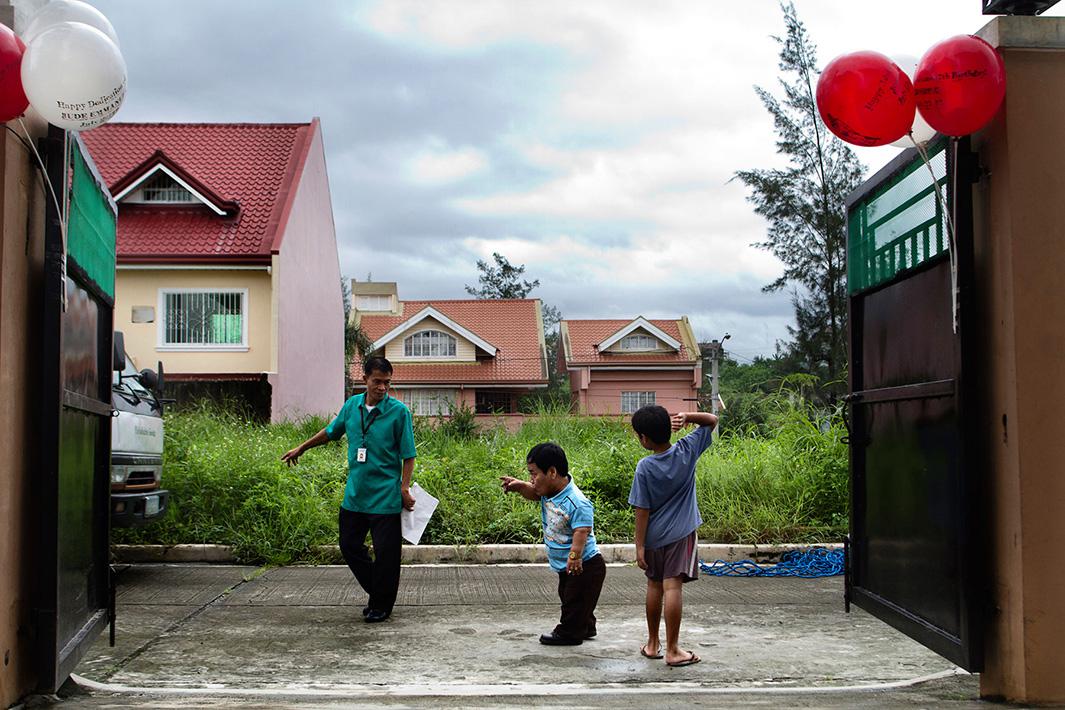
Biel Calderon

Biel Calderon
